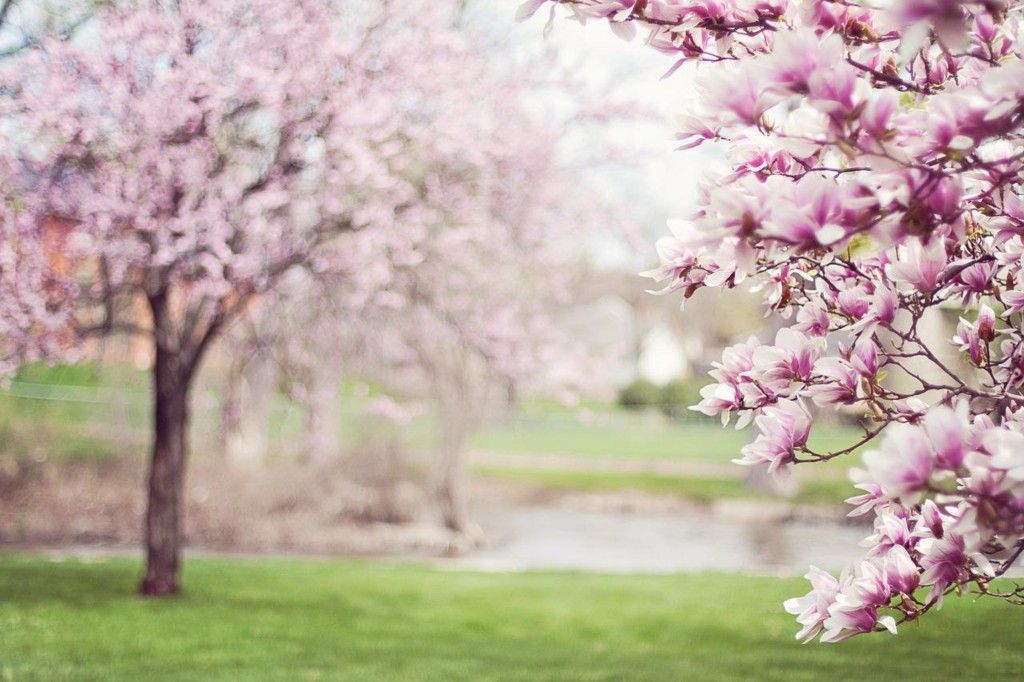The most commonly grown deciduous magnolia in the Lower Midwest is Magnolia x soulangiana, usually referred to as the saucer magnolia.
Hardy in zones 4-9, it may be a shrub but usually is a tree about 20-25 feet tall with a rounded crown. It usually develops a number of trunks and may over time even grow 30 feet tall and as wide.
It blooms before it leafs out, and the pale pink blossoms look striking against the rough grey bark. However, about one in three years the late spring frosts ruin the bloom and the flowers turn brown. I am told there is a hybrid called ‘Forrest's Pink’ that will make new buds if the old ones are ruined.
I think ‘Spectrum’ and ‘Galaxy’ bloom a little later also, which provides more reliable bloom.
There is actually a large number of more modern hybrid cultivars now available and some produce flowers in other shades such as white, rose, magenta, burgundy, and purple.
The genus name honors Pierre Magnol, a French botanist (1638-1715). Since it is a long- lived tree, think carefully before you decide where to plant it as it needs space for its branches, which cast a lot of shade when it matures. This allows for a large shade garden beneath it.
I have a tree that is 83 years old and underneath its sheltering arms I grow winter aconite, Virginia bluebells, perennial geraniums, ferns, hellebores, bleeding heart, wildflowers, epimediums, and for-get-me-nots. The birds love to perch above.










